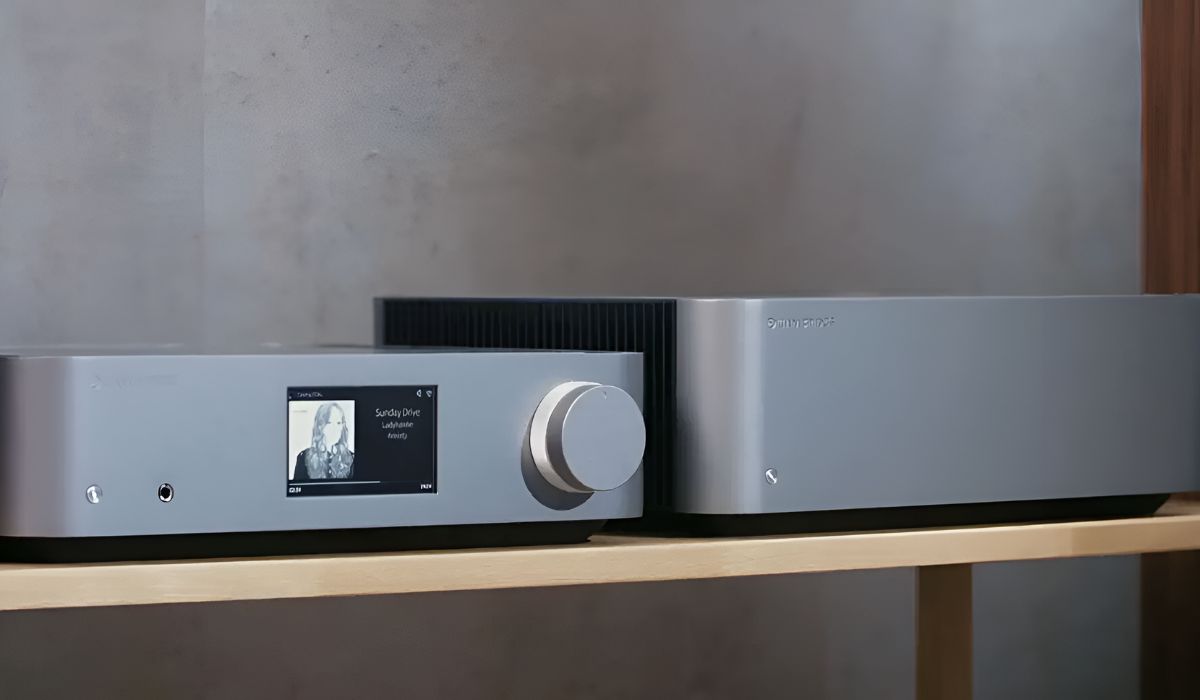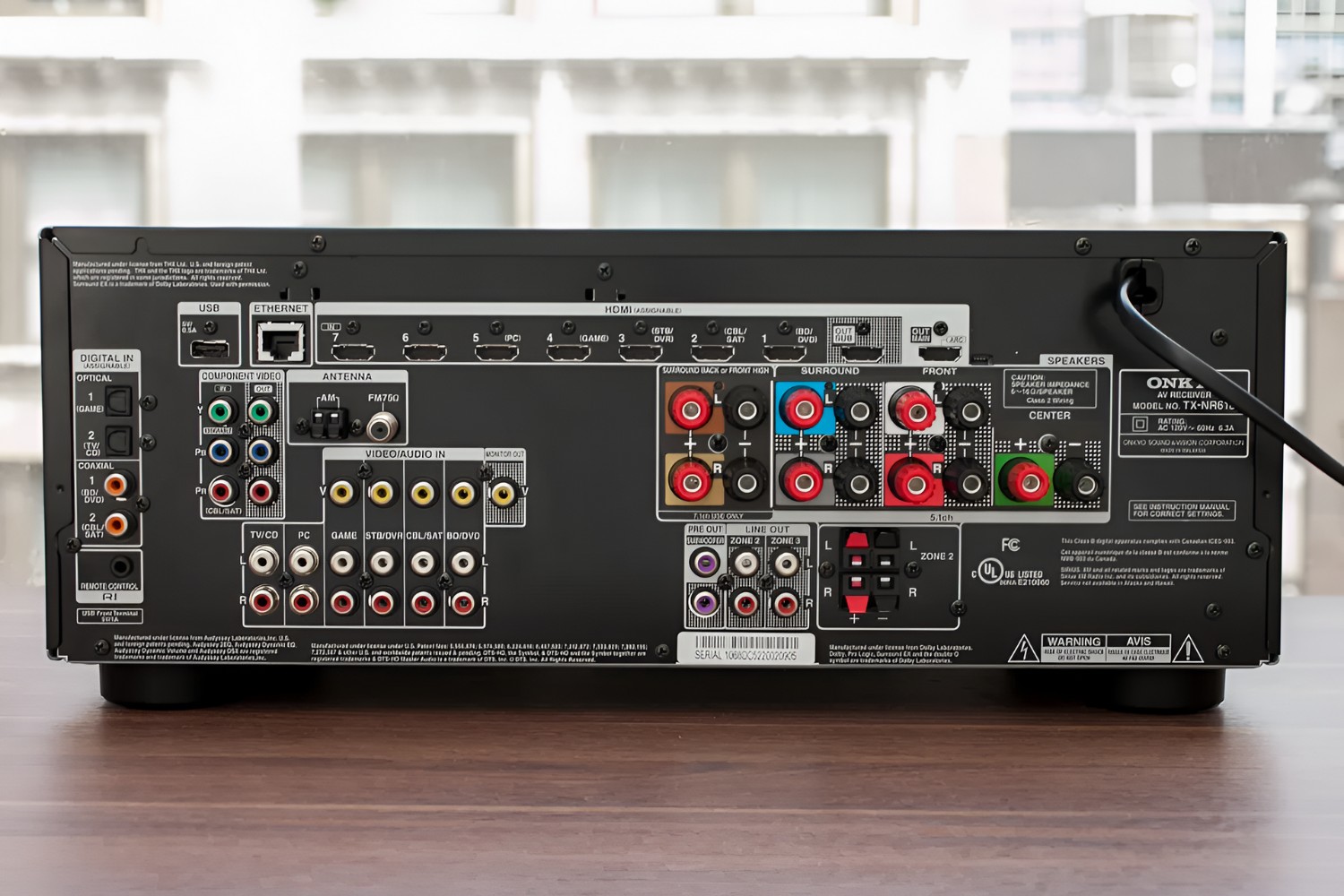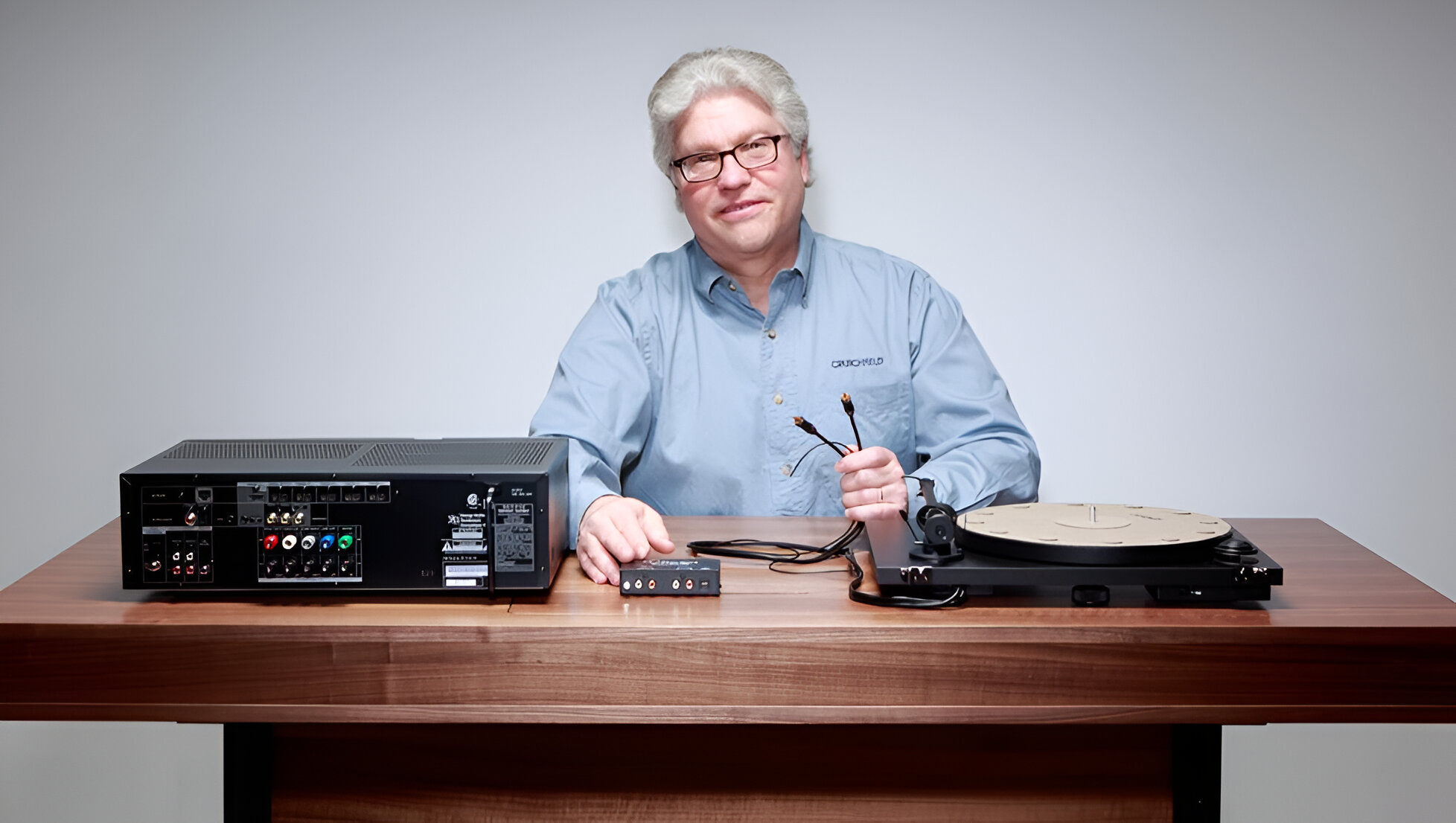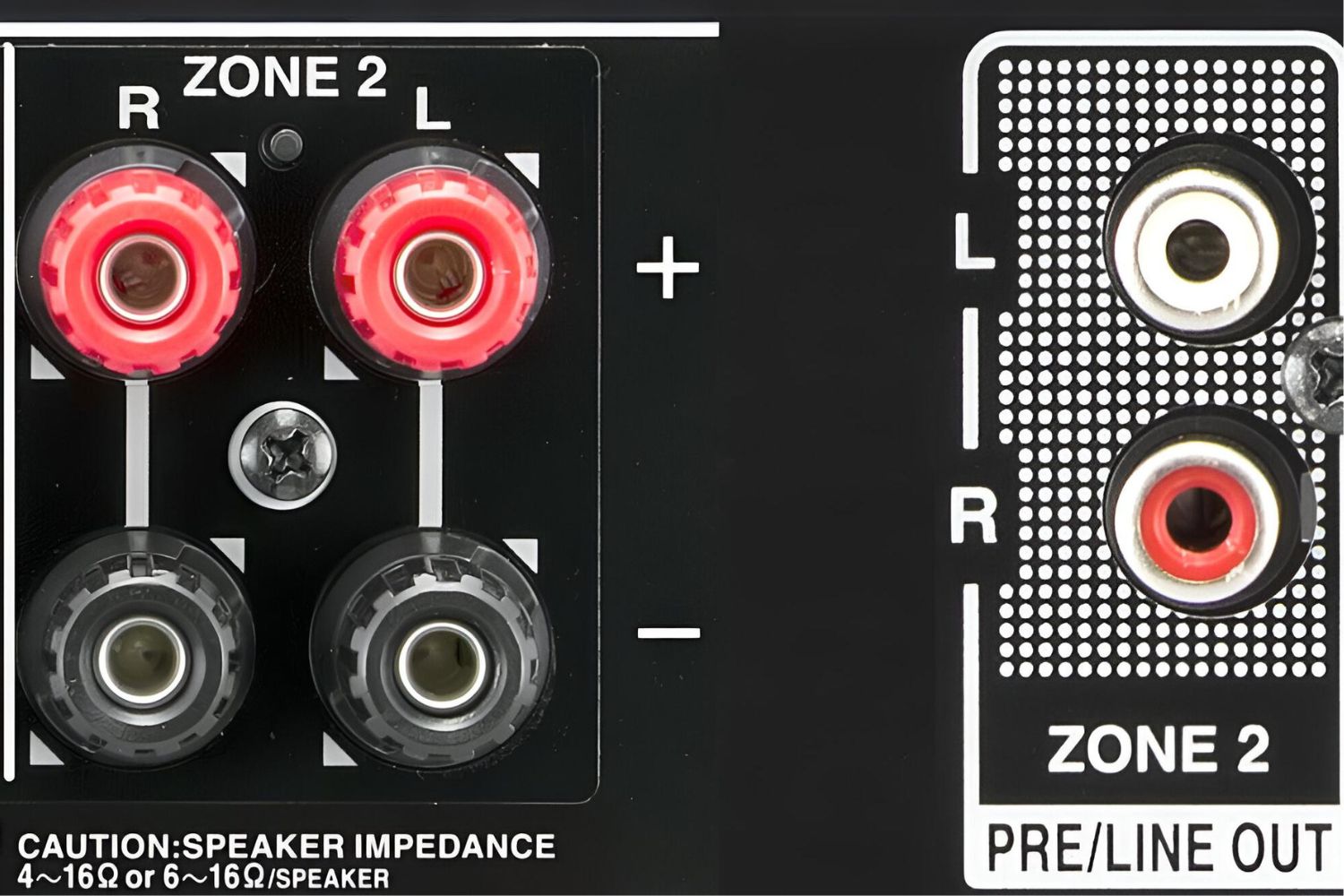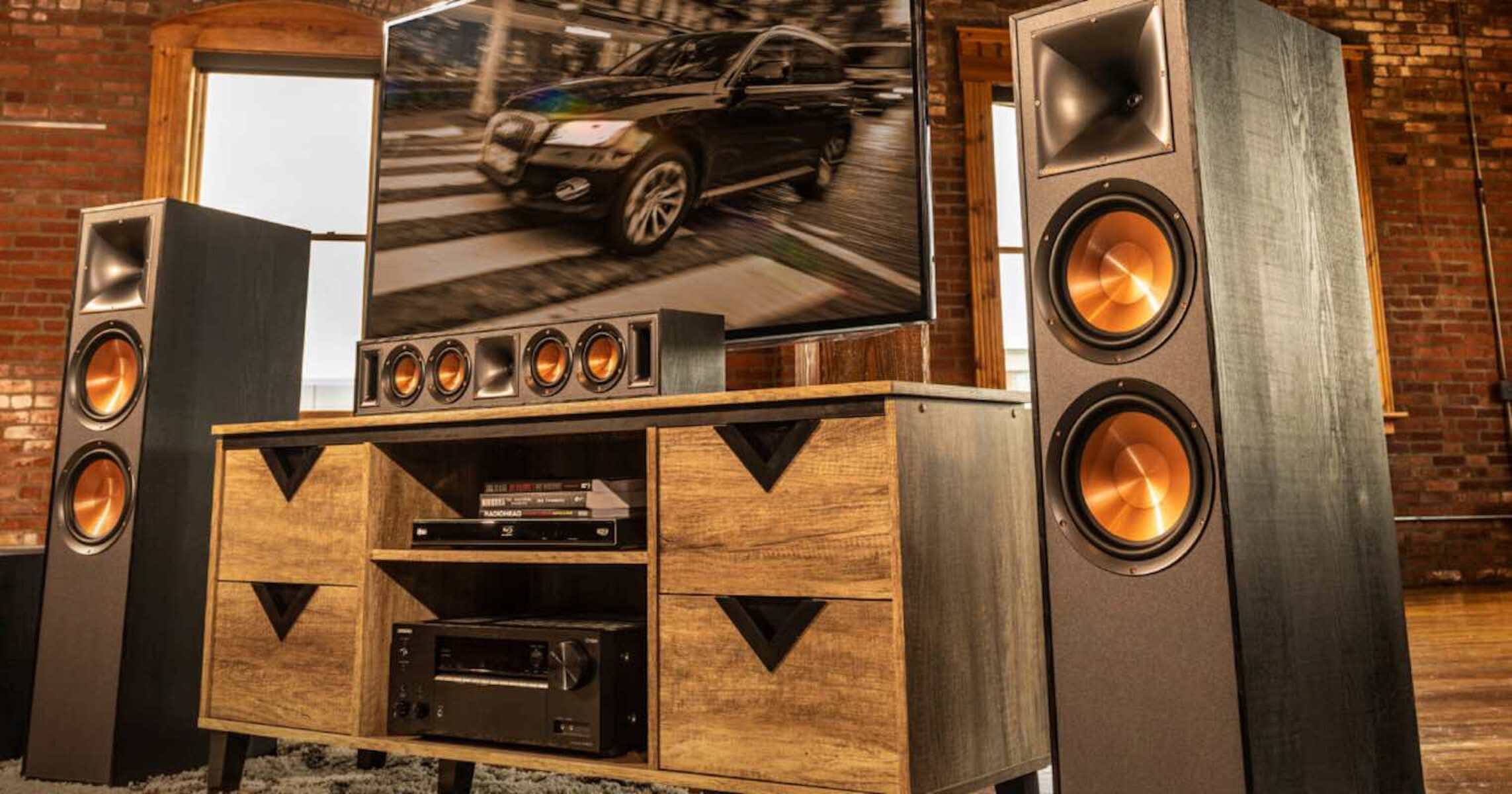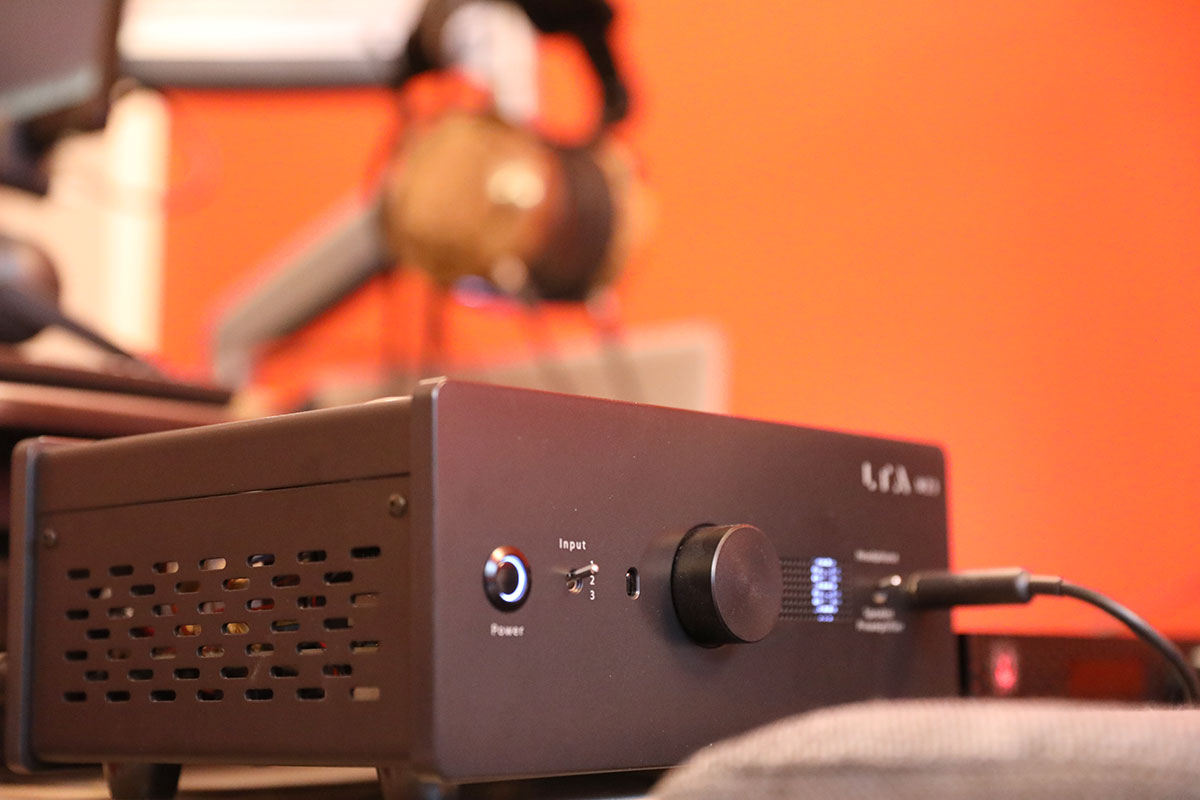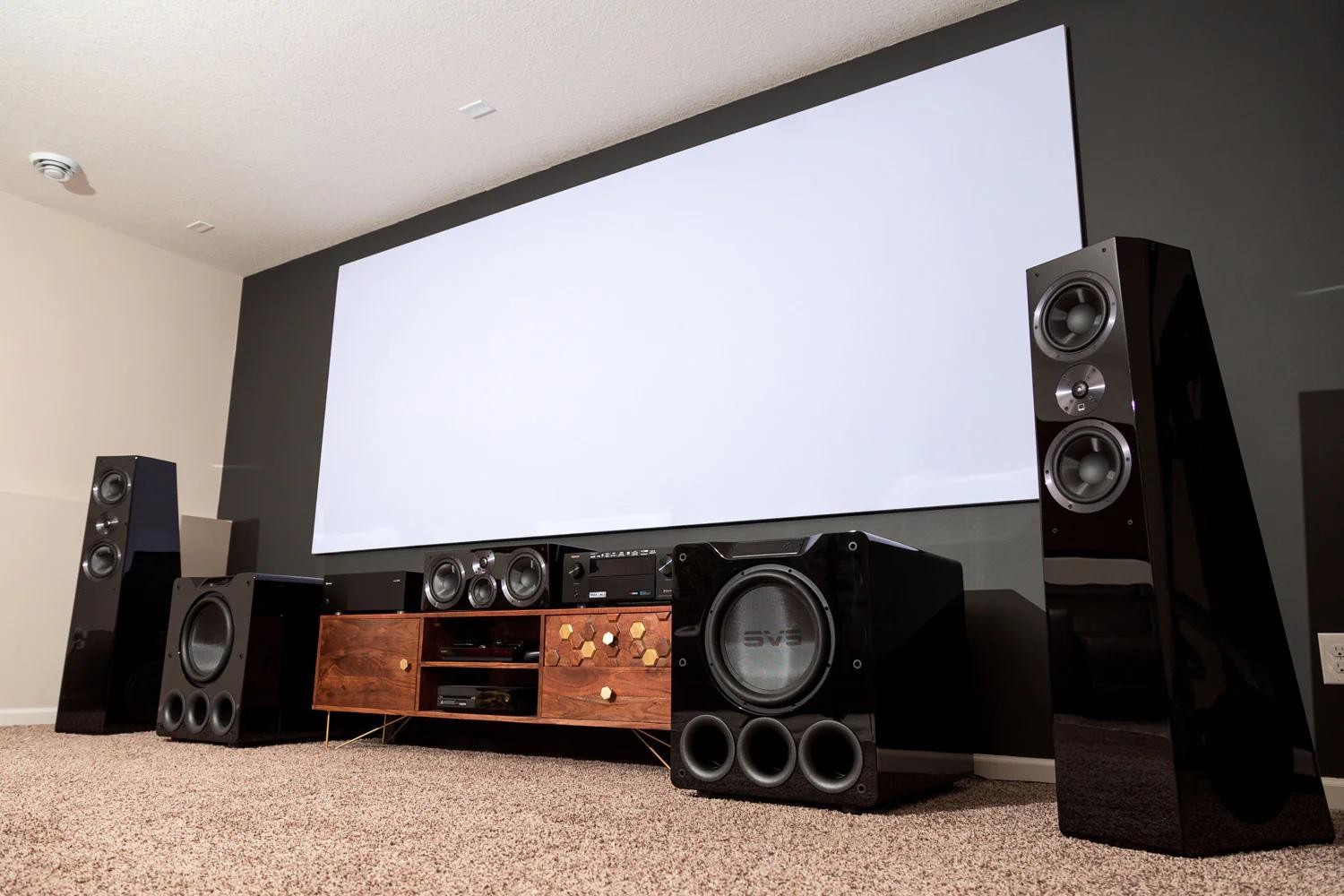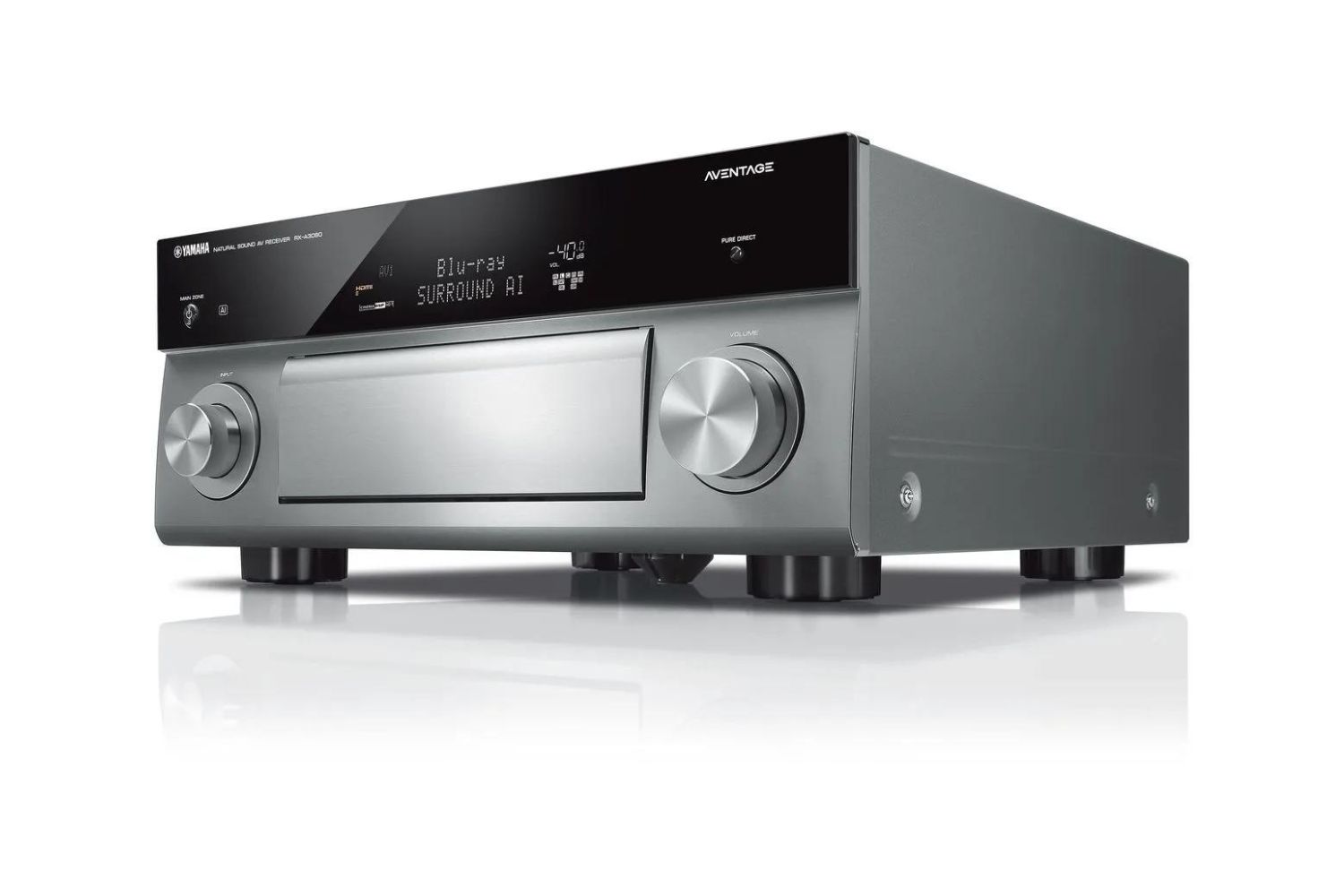Introduction
Welcome to the world of audio equipment, where the marriage of technology and artistry creates an immersive auditory experience. In this article, we will explore the symbiotic relationship between a preamp and an AV receiver, shedding light on their individual functionalities and the seamless integration that elevates the quality of sound reproduction.
The intricate world of audio equipment can be daunting for the uninitiated, but fear not – we will unravel the complexities and demystify the workings of these essential components. Whether you are a seasoned audiophile or a newcomer to the realm of high-fidelity sound, understanding how a preamp functions in conjunction with an AV receiver is crucial for optimizing your audio setup.
So, let's embark on an enlightening journey to uncover the inner workings of preamps and AV receivers, and how their synergy enhances the audio experience. Whether you are a music enthusiast, a movie buff, or a gaming aficionado, the fusion of these two devices holds the key to unlocking the full potential of your audio system. Let's delve into the heart of this harmonious relationship and unveil the magic that unfolds when a preamp and an AV receiver join forces.
What is a Preamp?
A preamplifier, often referred to as a preamp, serves as a vital link in the audio chain, playing a pivotal role in manipulating and amplifying low-level audio signals before they reach the power amplifier stage. This essential component acts as a control center for managing various audio sources and fine-tuning their output, ensuring optimal sound quality and signal integrity.
At its core, a preamp is responsible for boosting weak signals from microphones, turntables, musical instruments, and other audio sources to a level that can be further amplified by a power amplifier. Additionally, it provides essential functions such as volume control, tone adjustments, and input selection, allowing users to tailor the sound to their preferences and the specific characteristics of the audio source.
Furthermore, preamps often feature specialized circuitry to minimize noise and interference, preserving the purity of the audio signal as it traverses through the audio system. This attention to detail is crucial for audiophiles and music professionals who demand pristine sound reproduction devoid of unwanted distortions or colorations.
Modern preamps also incorporate advanced features such as built-in digital-to-analog converters (DACs) and connectivity options for digital audio sources, catering to the evolving landscape of high-resolution digital music and multimedia content. As a result, preamps have evolved from traditional analog-centric devices to versatile hubs that accommodate the diverse needs of today’s audio enthusiasts.
Whether integrated within a standalone unit or as part of an AV receiver, a preamp’s impact on the audio chain is undeniable, shaping the sonic character and ensuring that the nuances of the original audio content are faithfully preserved and amplified. Its significance becomes even more pronounced when seamlessly integrated with an AV receiver, culminating in a cohesive audio system that delivers unparalleled sonic fidelity and versatility.
What is an AV Receiver?
An AV (audio/video) receiver serves as the central hub of a home entertainment system, consolidating various audio and video sources while providing amplification, processing, and routing capabilities. This multifaceted device acts as a unifying force, bringing together diverse audio and visual components to deliver a cohesive and immersive entertainment experience.
At its core, an AV receiver incorporates a robust amplifier section, responsible for powering the speakers and driving the audio output with precision and clarity. This amplification prowess is complemented by sophisticated audio processing technologies, including surround sound decoding, room calibration, and sound optimization algorithms, all geared towards enveloping listeners in a captivating sonic environment.
Moreover, an AV receiver serves as a versatile switching platform, accommodating inputs from sources such as Blu-ray players, gaming consoles, set-top boxes, streaming devices, and various audio players. This flexibility enables users to seamlessly switch between different audio and video sources, all while benefiting from the receiver’s audio processing capabilities and amplification prowess.
Furthermore, modern AV receivers are equipped with a myriad of connectivity options, including HDMI, optical, and coaxial inputs and outputs, facilitating seamless integration with high-definition displays, gaming consoles, and digital audio sources. This adaptability ensures that the AV receiver remains at the forefront of the home entertainment ecosystem, catering to the evolving needs of audio and video enthusiasts.
With the integration of networking capabilities and support for wireless audio streaming protocols, AV receivers have transcended their traditional roles, embracing the era of digital connectivity and content distribution. This evolution empowers users to access and enjoy a vast array of online music services, internet radio stations, and streaming platforms, all seamlessly integrated within the AV receiver’s interface.
When paired with a preamp, the AV receiver’s inherent capabilities are further enhanced, creating a comprehensive audio system that combines the finesse of preamplification with the robust amplification and processing prowess of the receiver. This synergy results in an audio setup that excels in delivering captivating soundscapes across music, movies, and gaming, elevating the overall entertainment experience to new heights.
How Does a Preamp Work with an AV Receiver?
When a preamp and an AV receiver collaborate, their combined capabilities result in a harmonious convergence of audio refinement, amplification, and signal processing. The preamp, with its prowess in managing low-level audio signals and providing essential control functions, seamlessly integrates with the AV receiver, leveraging its amplification power, audio processing capabilities, and connectivity features to create a comprehensive audio system.
At the outset, the preamp assumes the role of signal manager and tonal sculptor, receiving input from various audio sources and fine-tuning the audio signals to align with the listener’s preferences and the characteristics of the source material. This meticulous adjustment encompasses volume control, tone shaping, and input selection, ensuring that the audio signals are primed for amplification and further processing.
Once the preamp has delicately tailored the audio signals, they are channeled to the AV receiver, where the robust amplification section takes charge, driving the signals with precision and power to energize the speakers and reproduce the audio content with fidelity and impact. The AV receiver’s amplification prowess, often augmented by advanced technologies such as high-current amplification and impedance control, ensures that the audio signals are faithfully amplified without compromising on clarity or dynamics.
Furthermore, the AV receiver’s audio processing capabilities, including surround sound decoding, room calibration, and sound optimization algorithms, enrich the audio signals, creating immersive sonic landscapes that captivate the listener. The synergy between the preamp’s signal refinement and the AV receiver’s audio processing prowess results in a sonic tapestry that transcends traditional audio reproduction, embracing the nuances and intricacies of the original audio content.
Additionally, the connectivity options offered by the AV receiver, such as HDMI, optical, and coaxial inputs, seamlessly accommodate the preamp’s output, ensuring a seamless integration that preserves signal integrity and fidelity throughout the audio chain. This integration extends to digital audio sources, where the preamp’s digital-to-analog conversion capabilities, if present, seamlessly align with the AV receiver’s digital audio processing, creating a cohesive bridge between analog and digital audio domains.
As a result, the collaboration between a preamp and an AV receiver transcends the sum of their individual capabilities, culminating in an audio system that embodies precision, power, and finesse. Whether it’s the nuanced reproduction of music, the immersive soundscapes of movies, or the dynamic audio environments of gaming, the amalgamation of a preamp and an AV receiver sets the stage for an enthralling audio experience that resonates with authenticity and impact.
Benefits of Using a Preamp with an AV Receiver
The integration of a preamp with an AV receiver yields a multitude of benefits that elevate the audio experience to new heights, encompassing sonic refinement, versatility, and adaptability. By harnessing the strengths of both components, users can unlock a myriad of advantages that enrich their audio setup and amplify their enjoyment of music, movies, and gaming.
- Enhanced Signal Purity: The preamp’s meticulous handling of low-level audio signals ensures that the audio content remains pristine and free from unwanted distortions or noise. This attention to signal purity, coupled with the robust amplification capabilities of the AV receiver, results in a sonic output that retains the nuances and subtleties of the original content, delivering an authentic and engaging listening experience.
- Customized Sound Tailoring: With the preamp’s comprehensive control functions for volume, tone adjustments, and input selection, users gain the ability to tailor the sound to their preferences and the unique characteristics of different audio sources. This level of customization empowers listeners to sculpt the sonic landscape according to their individual tastes, ensuring that the audio reproduction aligns with their discerning expectations.
- Seamless Integration of Analog and Digital Sources: Modern preamps often feature digital-to-analog conversion capabilities and connectivity options for digital audio sources. When integrated with the AV receiver, this seamless fusion of analog and digital domains enables users to effortlessly incorporate a diverse array of audio sources into their system, ranging from vinyl records and analog music sources to high-resolution digital content and streaming services.
- Expanded Audio Versatility: The amalgamation of a preamp and an AV receiver expands the audio system’s versatility, accommodating a wide spectrum of audio content, from stereo music to multichannel surround soundtracks. This versatility extends to various entertainment mediums, including music, movies, gaming, and home theater experiences, ensuring that the audio system remains adaptable to diverse usage scenarios.
- Optimized Amplification and Processing: By leveraging the preamp’s signal refinement and tonal sculpting capabilities in tandem with the AV receiver’s robust amplification and audio processing technologies, users benefit from an optimized audio chain that delivers impactful sound reproduction across the frequency spectrum. This optimized synergy ensures that the audio signals are faithfully amplified and enriched, resulting in captivating sonic performances.
Collectively, the collaborative prowess of a preamp and an AV receiver transcends individual functionalities, converging to create an audio system that embodies precision, versatility, and sonic finesse. Whether it’s the warmth of analog playback, the immersive realism of surround sound, or the seamless integration of digital content, the symbiotic relationship between a preamp and an AV receiver enriches the audio journey, amplifying the nuances and emotions embedded within the fabric of sound.
Conclusion
As we draw the curtains on our exploration of the collaborative dynamics between a preamp and an AV receiver, it becomes evident that their synergy transcends the realm of audio equipment, culminating in an immersive audio experience that resonates with precision, versatility, and sonic finesse. The preamp, with its prowess in signal refinement and tonal sculpting, harmonizes seamlessly with the AV receiver, leveraging its amplification power, audio processing capabilities, and connectivity features to create a comprehensive audio system that adapts to diverse usage scenarios.
From the meticulous handling of low-level audio signals to the customization of sound characteristics, the integration of a preamp with an AV receiver amplifies the audio journey, enriching the nuances and emotions embedded within the fabric of sound. The resulting benefits encompass enhanced signal purity, customized sound tailoring, seamless integration of analog and digital sources, expanded audio versatility, and optimized amplification and processing, empowering users to indulge in captivating sonic performances across music, movies, gaming, and home theater experiences.
As technology continues to evolve and redefine the landscape of audio reproduction, the collaboration between a preamp and an AV receiver stands as a testament to the enduring pursuit of sonic excellence. Whether it’s the faithful reproduction of vinyl records, the immersive realism of multichannel soundtracks, or the seamless integration of digital content, the amalgamation of these components sets the stage for an enthralling audio experience that resonates with authenticity and impact.
In the ever-evolving tapestry of audio equipment, the partnership between a preamp and an AV receiver remains a timeless symphony, orchestrating the convergence of artistry and technology to create an auditory experience that transcends boundaries and captivates the senses. As we navigate the realms of music, movies, and gaming, the harmonious relationship between these components continues to shape the sonic landscape, enriching our encounters with sound and reaffirming the profound impact of a well-crafted audio system.







